The Western Box Turtle, scientifically known as Terrapene ornata, represents one of North America’s most distinctive and beloved reptile species. These small, dome-shelled creatures captivate wildlife enthusiasts with their unique adaptations and charming behaviors. Unlike aquatic turtles, box turtles have evolved to thrive in terrestrial environments, developing fascinating survival mechanisms along the way. As members of the only fully terrestrial turtle genus in the United States, Western Box Turtles have garnered significant interest from conservationists and herpetologists alike, especially as their populations face mounting pressures from habitat loss and other human activities.
The Western Box Turtle’s Distinctive Shell Design

The Western Box Turtle possesses one of nature’s most effective defense mechanisms in its hinged shell. Unlike other turtle species, box turtles have a special adaptation that allows them to completely close their shell, creating an impenetrable box-like fortress against predators. This unique hinged plastron (lower shell) can be pulled upward to meet the carapace (upper shell), effectively sealing the turtle inside with no vulnerable body parts exposed. The shell typically displays a pattern of yellow or orange radiating lines and spots against a dark brown or black background, though coloration can vary significantly between individuals. This shell design not only provides protection but also serves as effective camouflage in their natural grassland and prairie habitats.
Geographic Range and Habitat Preferences

Western Box Turtles inhabit a substantial portion of the central United States, ranging from western Texas and eastern New Mexico northward to South Dakota and Wisconsin. They primarily occupy grasslands, prairies, and open woodlands, showing a marked preference for areas with sandy or loamy soils that facilitate digging. Unlike their eastern cousins who prefer more forested areas, Western Box Turtles thrive in relatively open landscapes with moderate vegetation cover. These turtles typically establish a home range of approximately 5-10 acres, within which they travel familiar paths to favorite basking spots, feeding areas, and shelter locations. During extreme weather conditions, they may dig into loose soil or hide under vegetation to maintain their preferred body temperature and humidity levels.
Omnivorous Dietary Habits
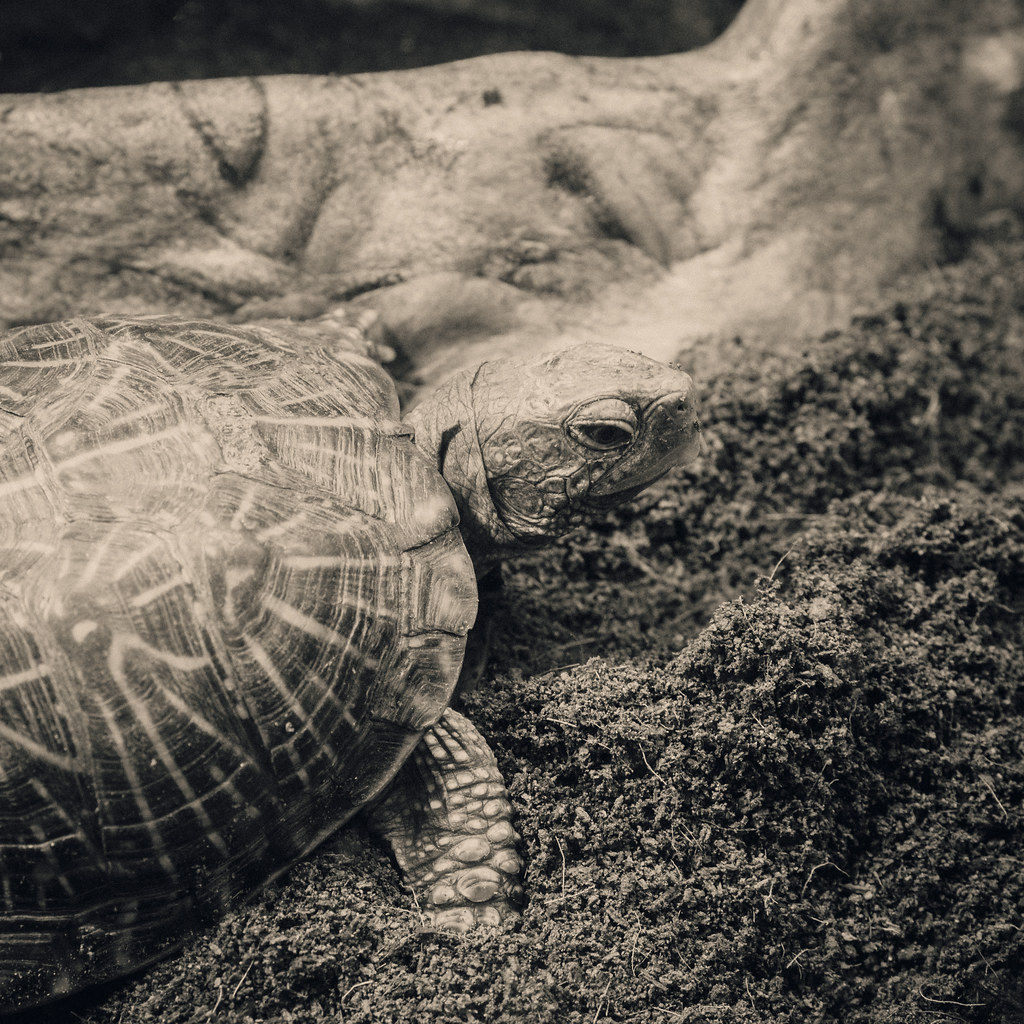
The feeding habits of Western Box Turtles reflect their opportunistic nature as they consume an impressively varied diet. As omnivores, they readily eat both plant and animal matter, with their menu changing seasonally based on availability. Their animal protein sources include earthworms, slugs, snails, insects, and occasionally carrion, which they locate using their keen sense of smell. On the plant side, they consume berries, fruits, mushrooms, flowers, and tender vegetation, showing particular enthusiasm for strawberries, melons, and mulberries when available. Research has shown that younger turtles tend to be more carnivorous, gradually incorporating more plant matter into their diet as they mature. This dietary flexibility has helped Western Box Turtles adapt to different environments and survive seasonal food scarcity.
Remarkable Longevity in the Wild
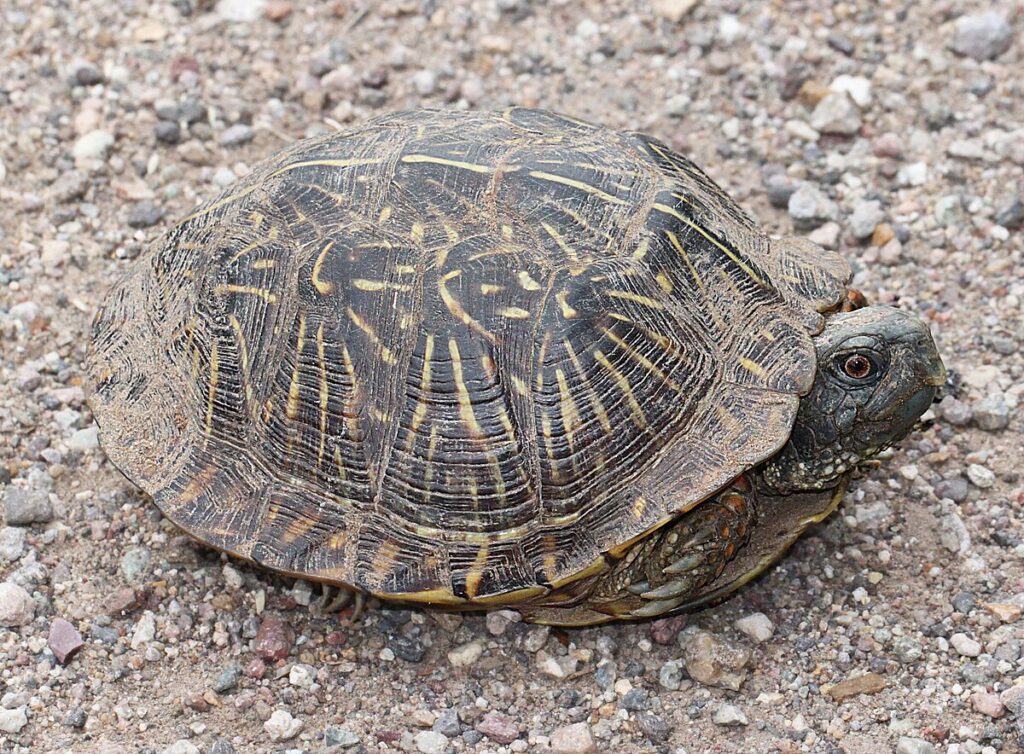
Western Box Turtles are among the longest-lived reptiles in North America, with documented lifespans exceeding 50 years in the wild. This exceptional longevity places them among the most enduring vertebrates on the continent, outliving many mammals many times their size. Their slow metabolism, defensive adaptations, and ability to withstand periods of food scarcity contribute to their impressive lifespan. Scientists have documented cases of marked individuals returning to the same locations for decades, demonstrating not only their longevity but also their strong site fidelity. This extraordinary lifespan also means that a single turtle might witness significant habitat changes throughout its life, making them vulnerable to landscape alterations and environmental shifts that occur faster than their populations can adapt.
Unique Reproductive Cycle
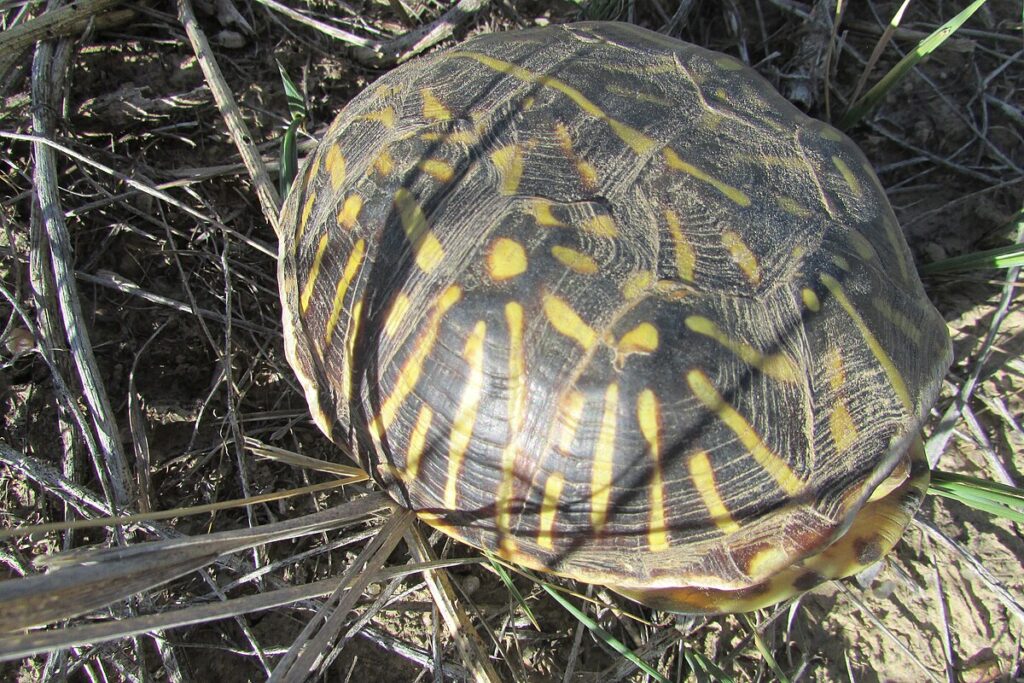
The reproductive strategy of Western Box Turtles reflects millions of years of evolutionary adaptation to their terrestrial lifestyle. Mating typically occurs in spring through early summer, with females capable of storing sperm for extended periods—sometimes several years—before fertilization. A female will dig a flask-shaped nest in soft soil using her hind legs, where she deposits between 2-8 eggs, which she then carefully covers and camouflages before abandoning. The incubation period lasts approximately 70-80 days, with soil temperature during this crucial period determining the sex of the hatchlings—warmer temperatures produce females while cooler conditions yield males. This temperature-dependent sex determination makes turtle populations potentially vulnerable to climate change, as warming trends could skew sex ratios toward females.
Seasonal Activity Patterns
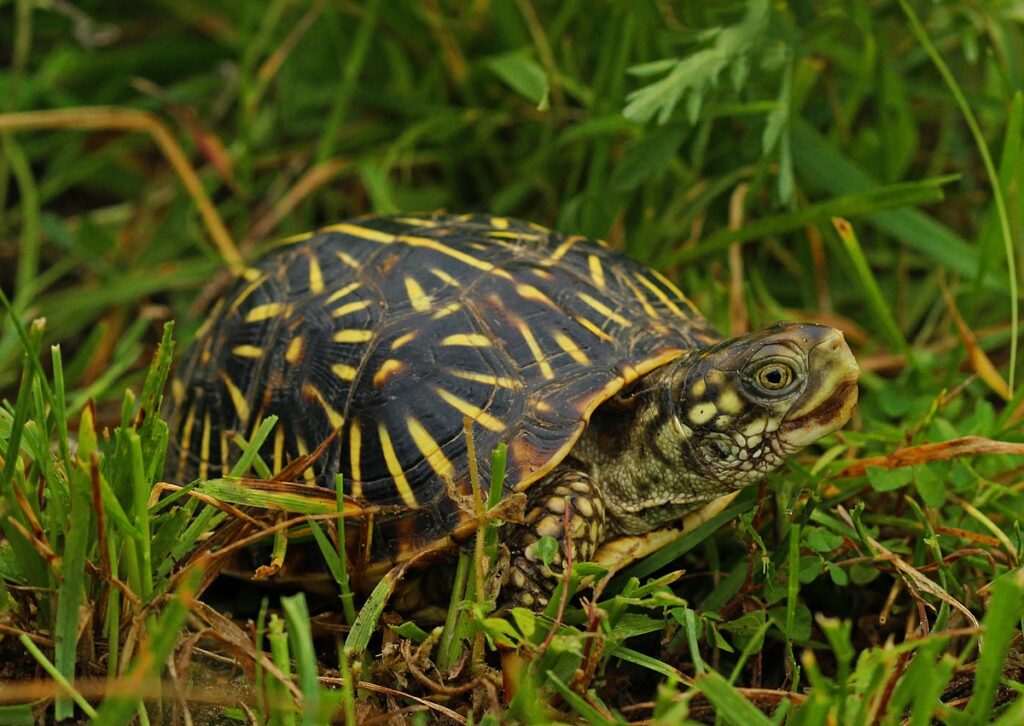
Western Box Turtles display distinct seasonal behavior patterns that align with environmental conditions in their range. During the hot summer months, they adopt a crepuscular lifestyle, being most active during dawn and dusk when temperatures are moderate, while seeking shelter during the midday heat. As fall approaches, they begin preparing for brumation (reptilian hibernation) by feeding heavily and then locating suitable overwintering sites. They typically brumate by burrowing several inches into loose soil or leaf litter, where they remain dormant for 3-5 months depending on latitude and local climate conditions. Their metabolic rate drops dramatically during this period, allowing them to survive without food while maintaining minimal bodily functions. Upon spring emergence, they immediately seek water and basking opportunities to rehydrate and raise their body temperature, signaling the beginning of their active season.
Subspecies Variations

The Western Box Turtle is divided into two recognized subspecies, each with distinctive characteristics and ranges. The Ornate Box Turtle (Terrapene ornata ornata) represents the more widespread eastern form, featuring a more pronounced pattern of yellow lines on its shell and inhabiting the eastern portion of the species’ range. The Desert Box Turtle (Terrapene ornata luteola), found in the southwestern portions of the range, typically displays a more subdued pattern and often has a slightly more flattened shell that facilitates movement in its arid habitat. These subspecies can sometimes be difficult to distinguish in border areas where their ranges meet, as intergradation occurs with mixed characteristics. Both subspecies face similar conservation challenges despite their adaptations to slightly different environmental conditions, with habitat fragmentation affecting both populations significantly.
Conservation Status and Threats
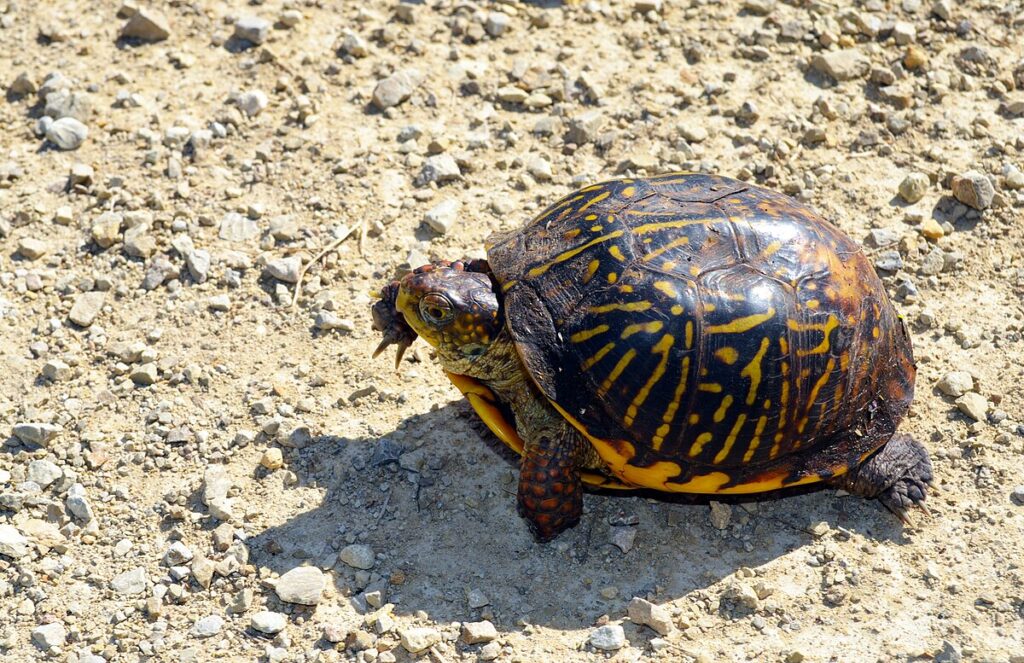
The Western Box Turtle faces numerous challenges that have led to concerning population declines across much of its range. Currently listed as Near Threatened on the IUCN Red List, these turtles suffer primarily from habitat loss as grasslands and prairies are converted to agricultural land or urban development. Road mortality represents another significant threat, as their slow movement and tendency to freeze when threatened makes them particularly vulnerable to vehicle collisions. Collection for the pet trade, despite legal protections in many states, continues to remove breeding adults from wild populations. Their naturally low reproductive rate and late sexual maturity (7-10 years) compound these problems, making population recovery extremely slow even when habitat conditions improve. Climate change poses an additional long-term threat, potentially affecting both their habitat suitability and population sex ratios.
Homing Abilities and Spatial Memory
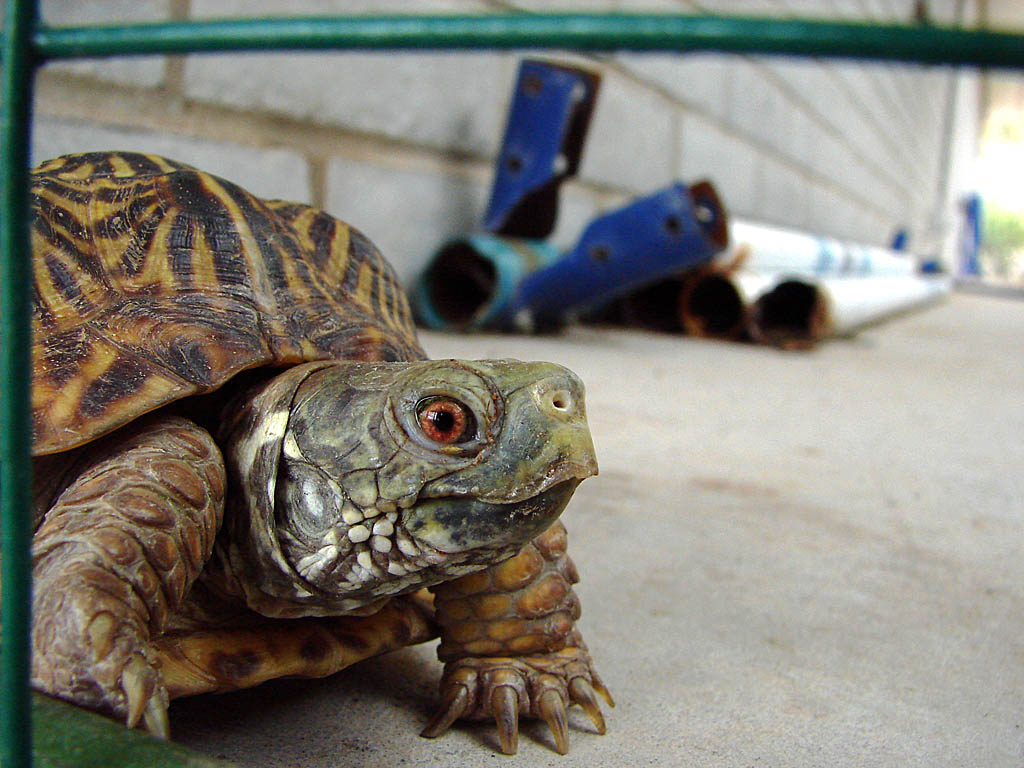
Western Box Turtles possess remarkable navigational skills and spatial memory that allow them to maintain complex mental maps of their home range. Research has demonstrated their ability to return to specific locations within their territory with impressive accuracy, even when experimentally displaced by several kilometers. This homing behavior appears to rely on a combination of celestial cues, landscape features, and possibly geomagnetic sensing, though the exact mechanisms remain under scientific investigation. Their strong spatial memory enables them to relocate productive feeding areas, suitable shelter sites, and optimal basking locations throughout their range. This strong site fidelity also explains why relocated turtles often attempt dangerous journeys back to their original territories, highlighting the importance of habitat preservation rather than relocation as a conservation strategy.
Physiological Adaptations to Terrestrial Life
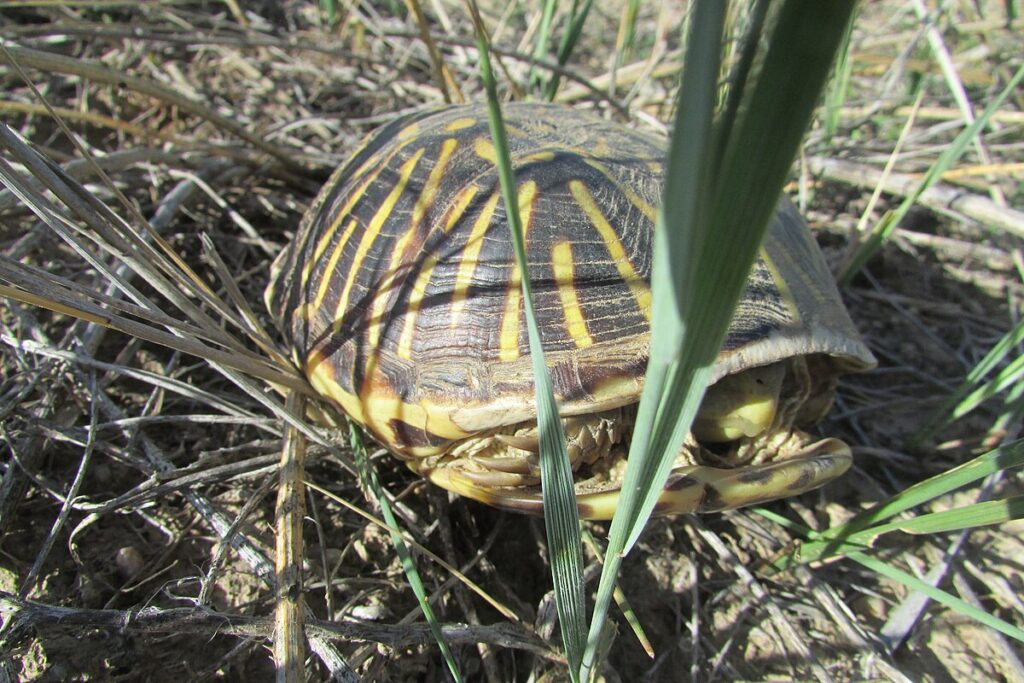
Despite evolving from aquatic ancestors, Western Box Turtles have developed sophisticated physiological adaptations for a fully terrestrial existence. Their highly efficient bladder can store significant amounts of water, allowing them to rehydrate their bodies during dry periods and potentially go weeks without drinking. Their metabolic efficiency allows them to survive on relatively little food compared to many other reptiles of similar size. Western Box Turtles possess specialized respiratory systems that maximize oxygen extraction while minimizing water loss through respiration, an important adaptation for their sometimes arid habitats. Their shell has evolved to be more dome-shaped than aquatic species, providing better protection from terrestrial predators while maintaining sufficient internal space for lungs and vital organs, representing a remarkable evolutionary compromise between protection and physiological function.
Role in the Ecosystem
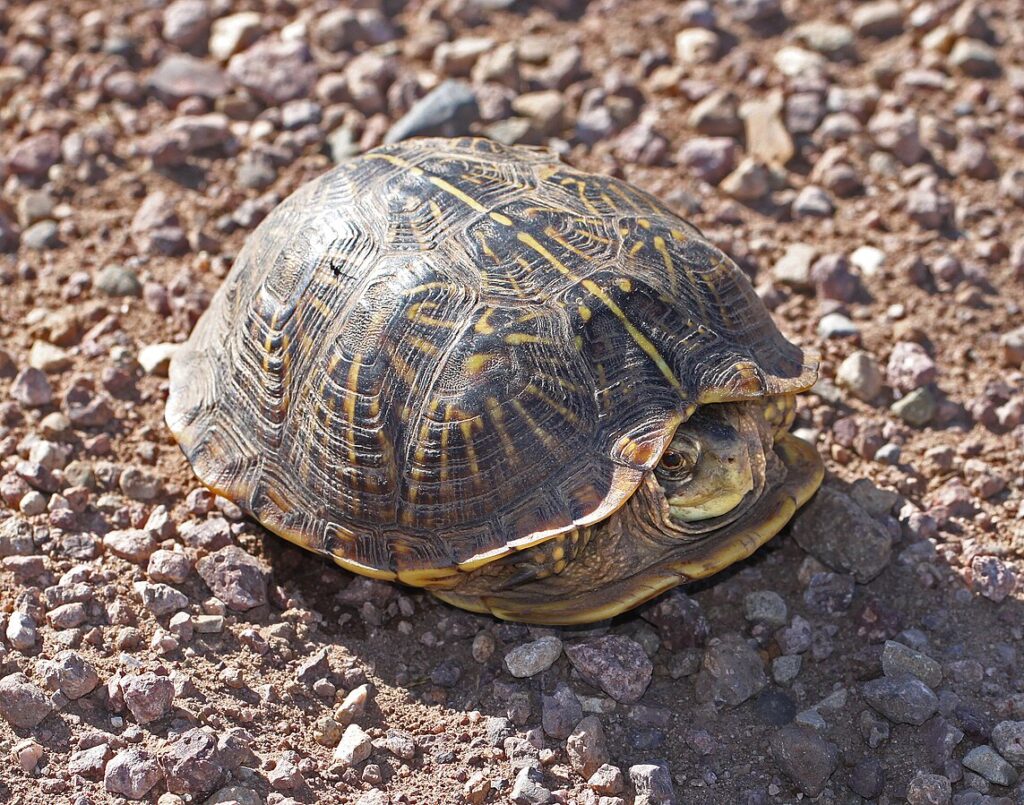
Western Box Turtles fulfill important ecological functions within their prairie and grassland ecosystems despite their relatively small size and unassuming nature. As seed dispersers, they consume fruits and berries and then deposit the seeds elsewhere in viable condition, sometimes enhancing germination through digestive processing. Their omnivorous diet helps control insect and snail populations while also contributing to soil health through nutrient cycling. The burrows they create for shelter provide microhabitats for other small creatures and contribute to soil aeration. Their eggs and hatchlings serve as food sources for various predators, forming an important link in the food web of grassland ecosystems. Conservation biologists increasingly recognize these turtles as indicator species whose presence and abundance can signal the overall health of prairie and grassland habitats.
Captive Care Considerations

While Western Box Turtles can make rewarding pets with proper care, potential owners should understand the significant commitment they represent. These turtles require spacious enclosures with both sunny and shaded areas, appropriate substrate for digging, and varied terrain that mimics their natural habitat. Their diet in captivity should reflect their omnivorous nature, including a mix of appropriate vegetables, fruits, and protein sources like earthworms or high-quality commercial turtle food. Maintaining proper humidity levels and temperature gradients is essential for preventing respiratory infections and shell problems that commonly afflict captive specimens. Most importantly, potential owners should only acquire captive-bred specimens with proper documentation, as removing wild turtles harms already declining populations and often results in stressed animals that fail to thrive. Their long lifespan means adopting a box turtle represents a multi-decade commitment that might outlast other pets by many years.
The Western Box Turtle stands as a remarkable testament to evolutionary adaptation and resilience in North America’s grassland ecosystems. From their ingenious hinged shells to their impressive navigational abilities, these creatures showcase nature’s solutions to the challenges of terrestrial life. As their populations face mounting pressures from habitat fragmentation, climate change, and human activities, increased awareness and conservation efforts become essential to ensuring future generations can continue to encounter these charismatic reptiles in their natural habitats. By understanding and appreciating the Western Box Turtle’s unique characteristics and ecological importance, we gain not only scientific knowledge but also a deeper connection to the complex web of life that sustains our native landscapes.




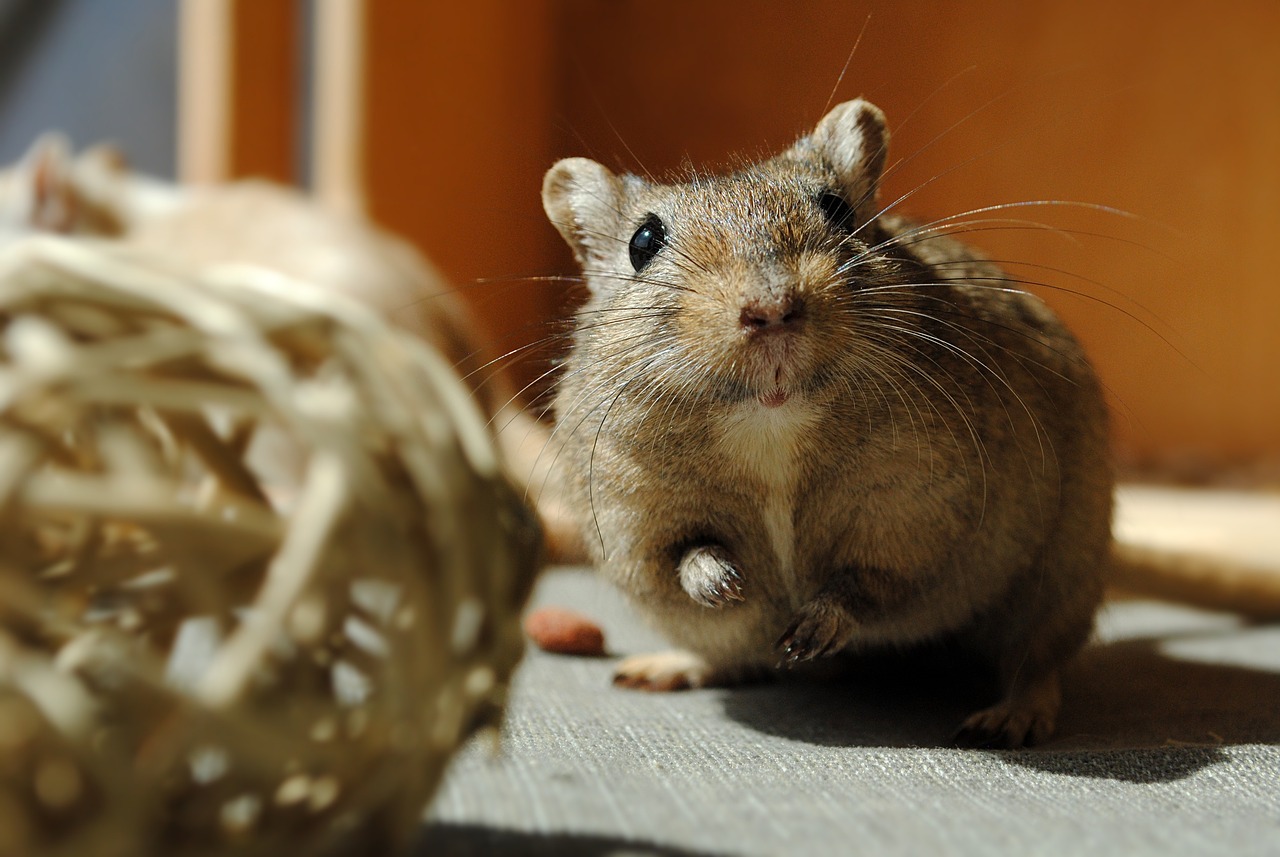


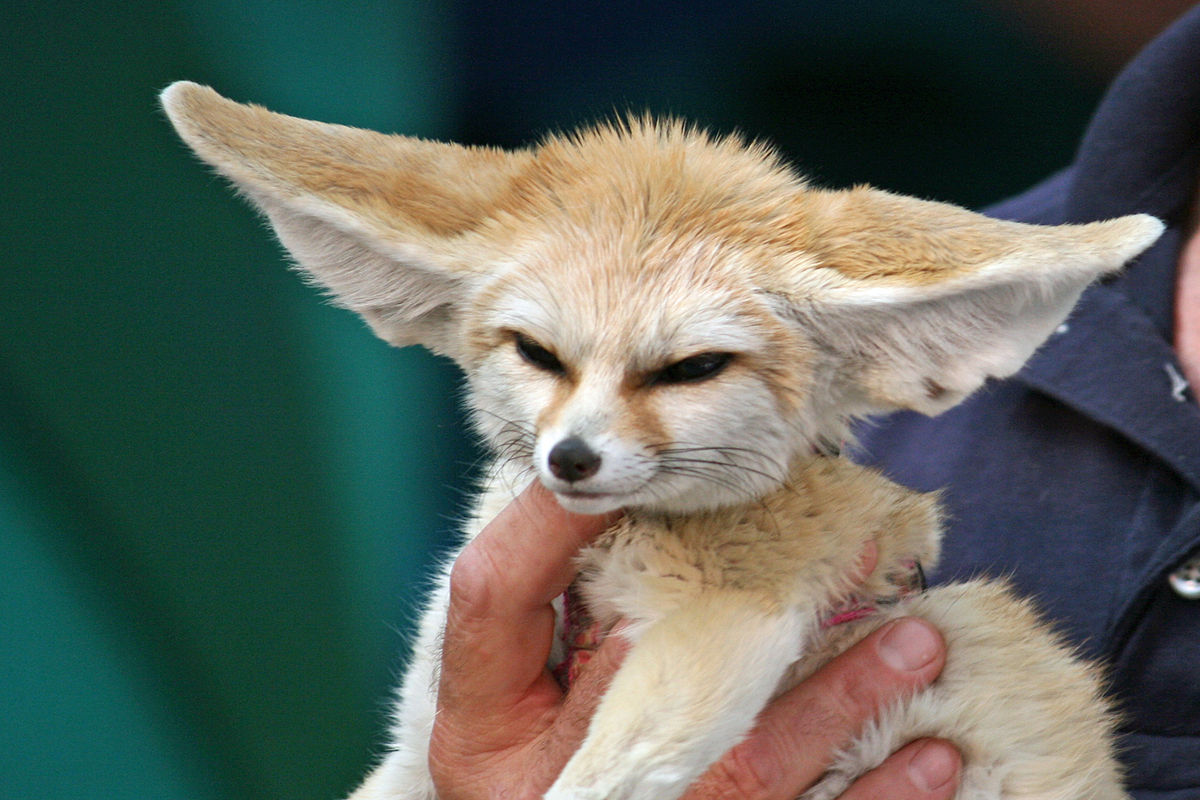



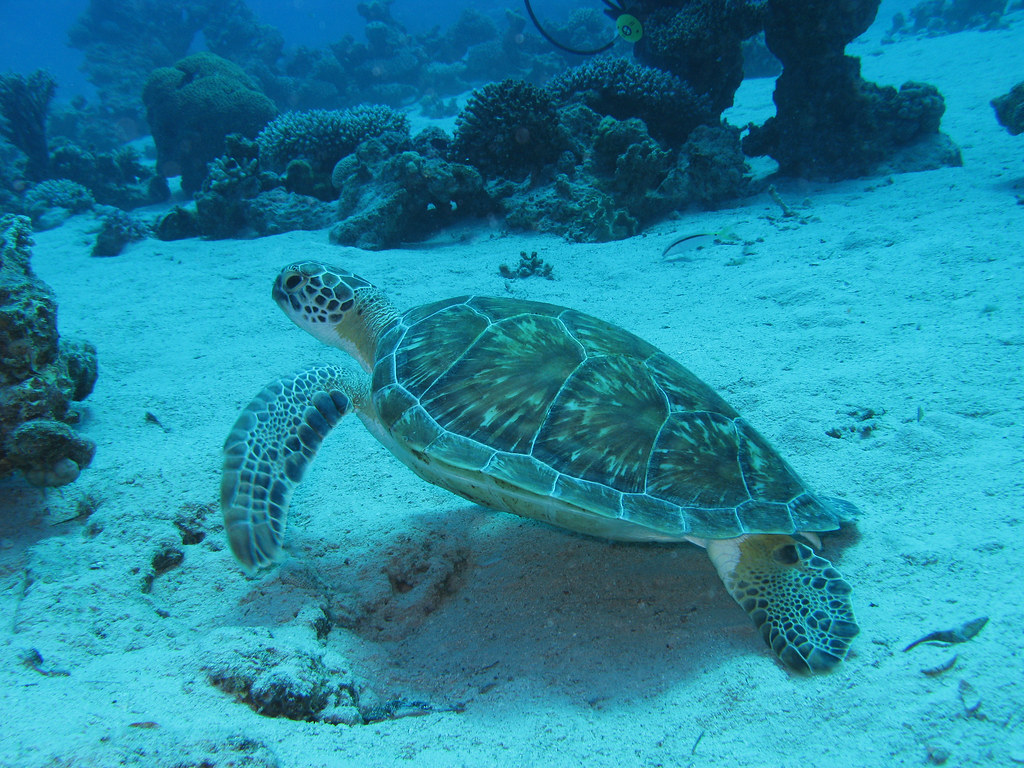




Leave a Reply